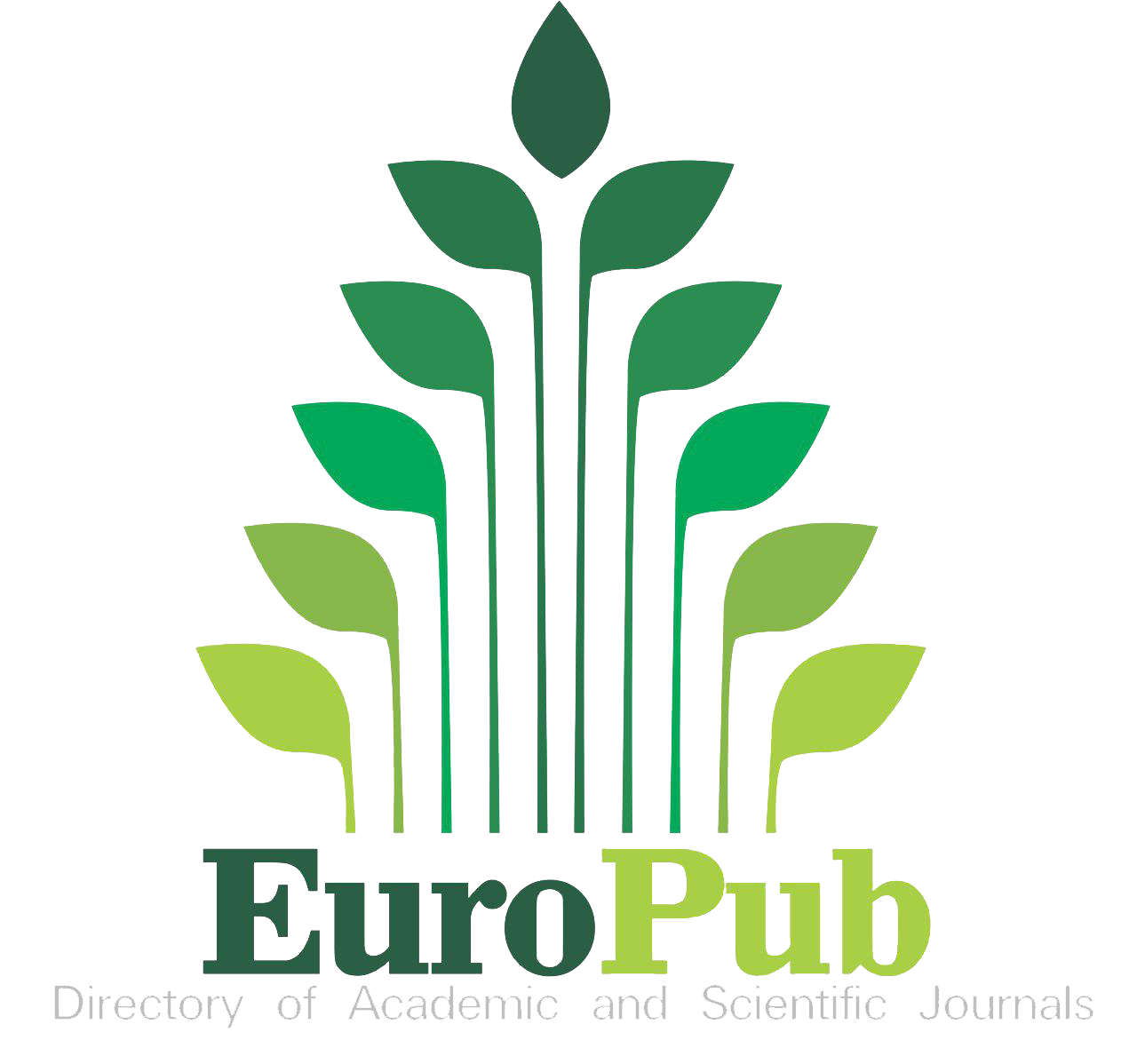Challenges and Interventions on the Implementation of the Gulayan sa Paaralan Program in Select Schools of Cagayan De Oro City Division
DOI:
https://doi.org/10.54536/ajahs.v4i2.4260Keywords:
Challenges in Implementation, Community EngagementAbstract
Malnutrition is a major threat to children in the Philippines, with approximately ninety-five (95) children dying daily due to related causes. This study highlights the urgent need for effective interventions, such as the Gulayan sa Paaralan Program which aims to promote food security and improving nutrition among school children. Specifically, it sought to assess the respondents’ characteristics, examine the respondent’s level of challenges in the implementation of the Gulayan sa Paaralan, and test the significant relationship between the respondents’ challenges of the Gulayan sa Paaralan Program (GPP). The researcher identified one hundred fifty (150) Edukasyong Pantahanan at Pangkalusugan teachers from elementary schools in the Cagayan de Oro City division. An adopted survey questionnaire was used, covering sections on respondents’ characteristics, challenges, and interventions. The descriptive-correlational survey method was employed to analyze program implementation data. Descriptive statistics such as percentage, mean, standard deviation, and Person Product Moment Correlation were used for data analysis. The findings showed that the majority of teacher respondents were Teacher 1’s who took significant roles in the Gulayan sa Paaralan Program implementation. Moreover, the level of challenges indicated that in program management, inadequate resources, and weak partnerships significantly hindered the program’s success, with community engagement emerging as a crucial area for improvement. Further, to enhance the effectiveness of the program, fostering community ties and securing sustainable funding is essential. It is recommended that teachers engage in professional development, school administrators allocate more resources, the Department of Agriculture provides targeted training, and future researchers explore best practices in agricultural education.
Downloads
References
Alcantara, A. I. M. (2024): Status of Implementation of Gulayan sa Paaralan Program (GPP) of Public Secondary Schools in the Division of Sorsogon, GPH of Journal of Agriculture & Research, 7(4).
Calub, J., Blesilda, M., Africa, L., & Leila S. (2019). The SEARCA-led School-plus-Home Garden project in the Philippines: a participatory and inclusive model for sustainable development. Policy Paper 2019, Southeast Asian Regional Center for Graduate Study and Research in Agriculture (SEARCA
Codilla, L. (2022). Sustainability of the Gulayan sa Paaralan Program (school garden) in implementation in the New Normal: Basis for Capacity Enhancement Program. International Journal of English and Education, 11(1).
Department of Agriculture. (2019). Gulayan sa Paaralan Program: Best School Garden Regional Winners. http://darfu4b.da.gov.ph/index.php/63.archived/133-gulayan-sa-paaralan-program-best-school-garden-regional-winners
Department of Education. (2018). Sustaining the Implementation of the Gulayan sa Paaralan Program in Public Elementary and Secondary Schools Nationwide. DepEd Memorandum 095.
DepEd Memorandum No. 293, s. (2007). Gulayan sa Paaralan. http://www.deped.gov.ph
DepEd Memorandum No. 223, s. (2018). Strengthening the Implementation of the Gulayan sa Paaralan Program in Public Elementary and Secondary School Nationwide. https:/www.deped.gov.ph/wp.content/upholds/2018/10/DM_2018-220 pdf.
DepED Order 95. (2018). Sustaining the Implementation of the Gulayan sa Paaralan Program in Public Elementary and Secondary Schools Nationwide. https://www.deped.gov.ph/2018/05/29/may-29-2018-dm-095-s-2018-sustaining-the-implementation-of-the-gulayan-sa-paaralan-program-in-public-elementary-and-secondary-schools-nationwide.
Division Memorandum No. 341, S. (2024). Gulayan sa Paaralan Program (GPP) Orientation and Training Workshop. For School Year 2024-2025.
Golpo, V. A. G., & Ricafort, J. D. (2023). Challenges encountered by coordinators and school heads in the implementation of the National Greening Program in Bulan II District elementary schools. American Research Journal of Humanities Social Science (ARJHSS), 6(6), 7-15.
Hoover, A., & Vandyousefi, S, (2021). Barriers, Strategies, and Resources to Thriving School Gardens. Journal of Nutrition Education and Behavior, Volume 52, Number 7, 2021. KG Burt, HB Luesse, J Rakoff, A Ventura, M. Burgermaster; School gardens in the United States: Current Barriers to Integration and Sustainability. Am J Public Health, 108(2018), 154 -1549.
Illinois University (Urbaba- champion). (2023). Sustainable community garden benefits local growers, ecosystem, and communities.
Limosnero, A. M. (2021). Health Life in Gulayan sa Paaralan and Learners’ Nutritional Status (pp. 66). The faculty of the Graduate Studies PHINMA Cagayan de Oro College Carmen, Cagayan de Oro City.
Lina, J. D. (2020). Malnutrition in the Philippines is Worse than Pandemic. Manila Bulletin.
World Bank. (2021). Malnutrition. https://www.who.int/news-room/fact-sheets/detail/malnutrition.
Downloads
Published
How to Cite
Issue
Section
License
Copyright (c) 2025 Joel M. Monzolin, Cely B. Labadan, Jovit D. Comon

This work is licensed under a Creative Commons Attribution 4.0 International License.








